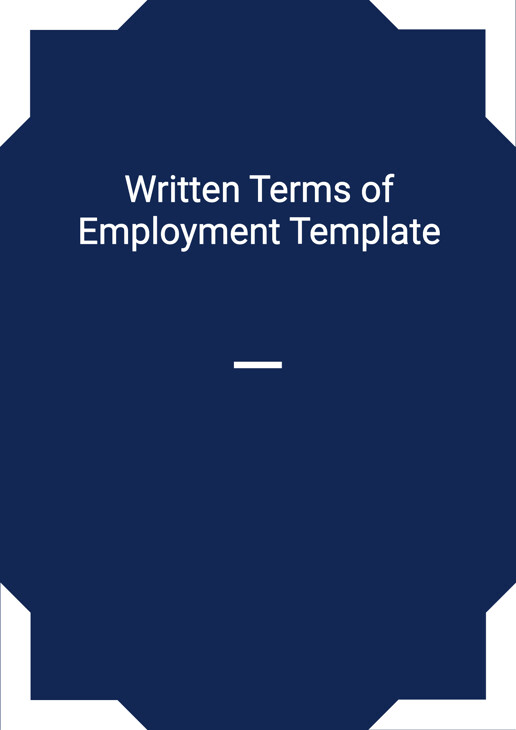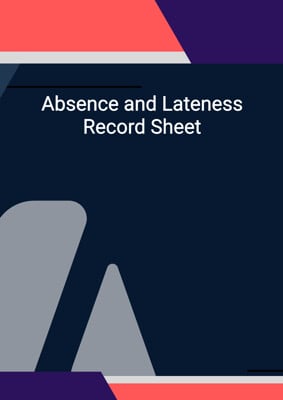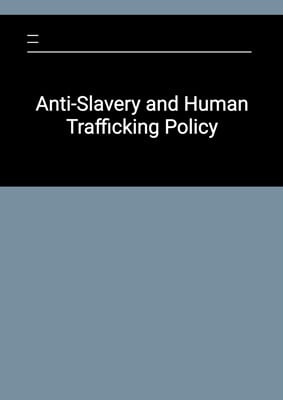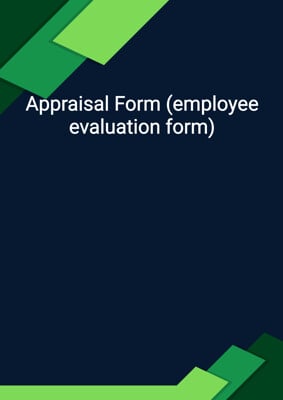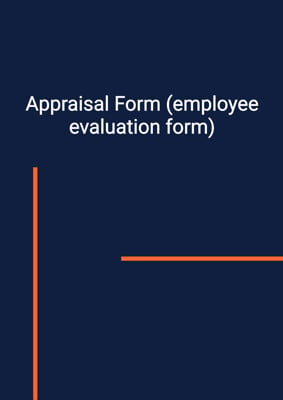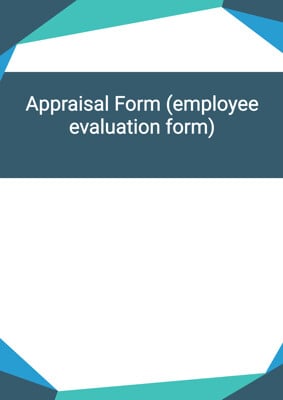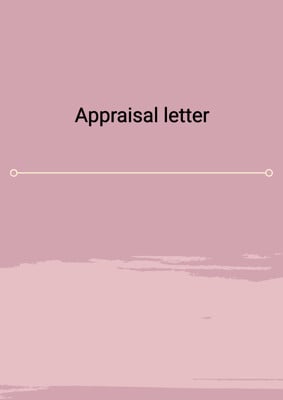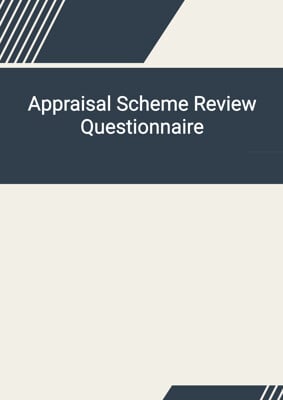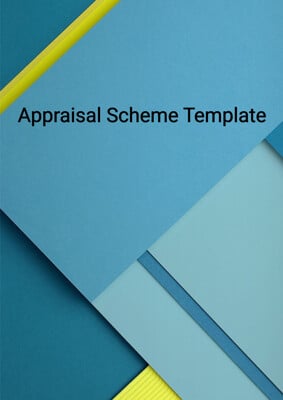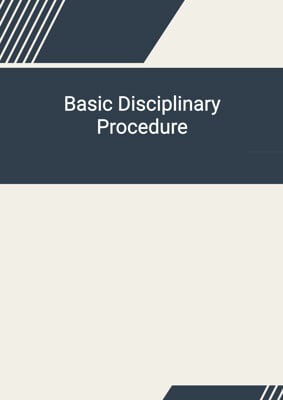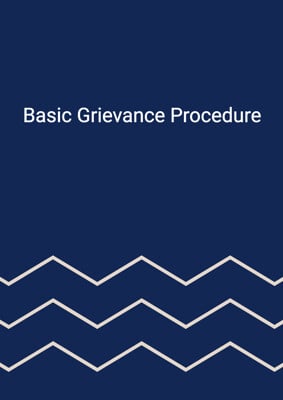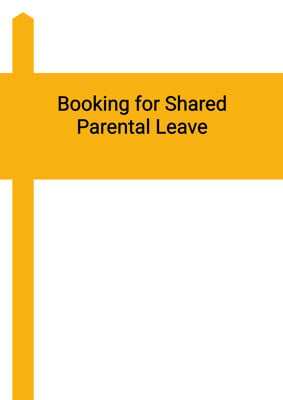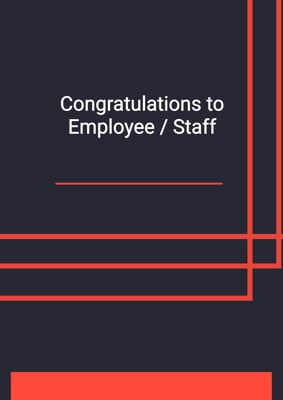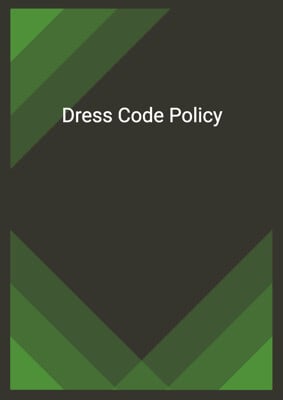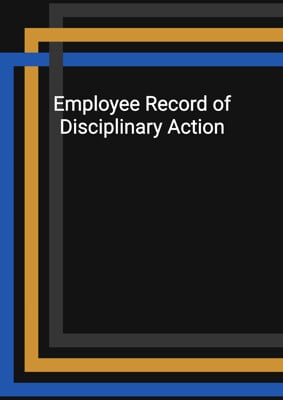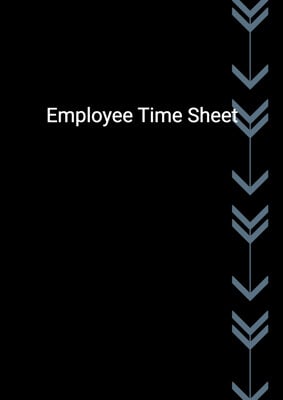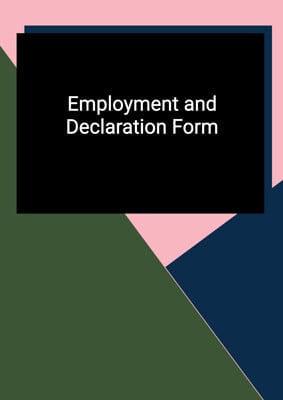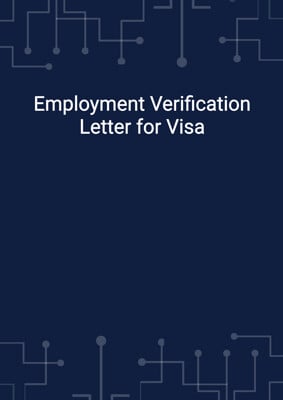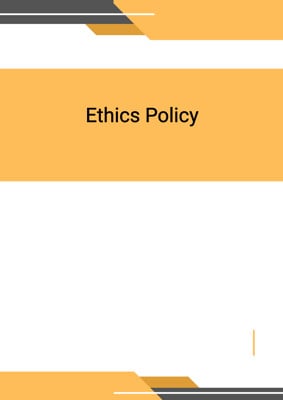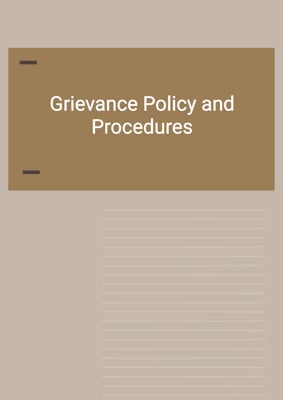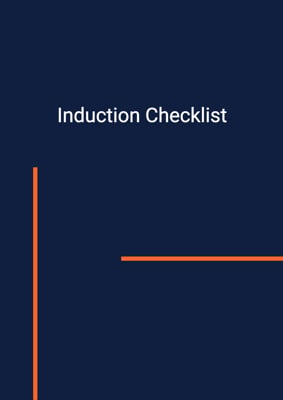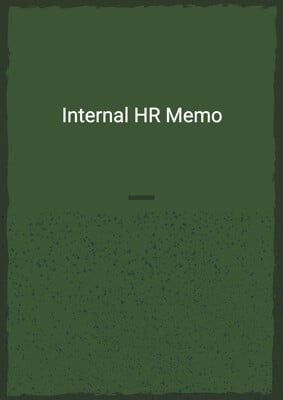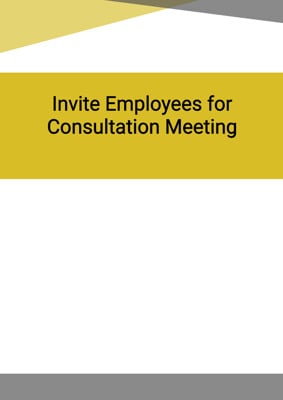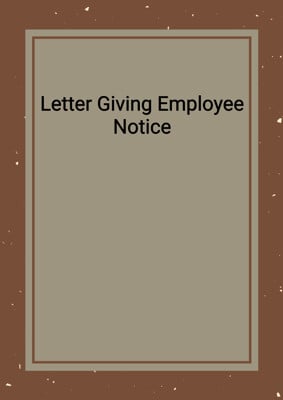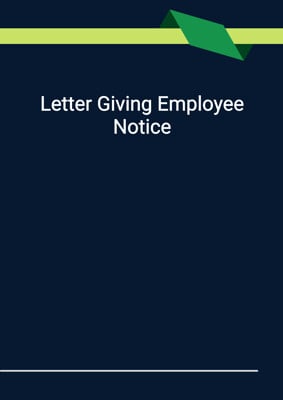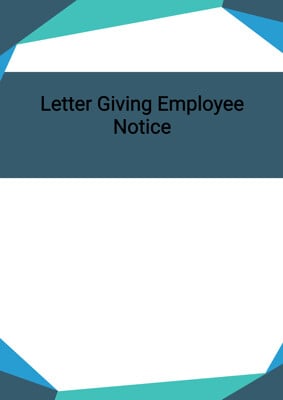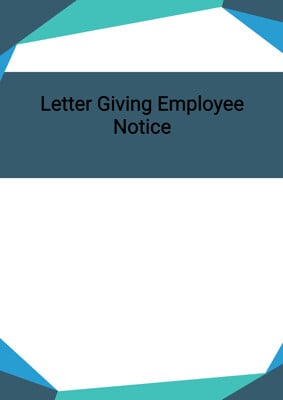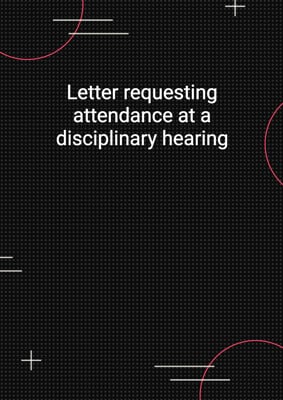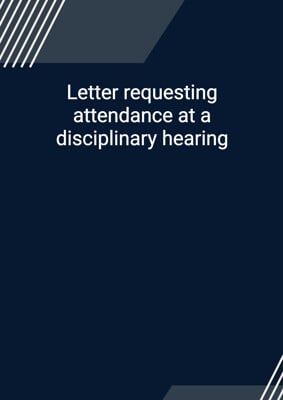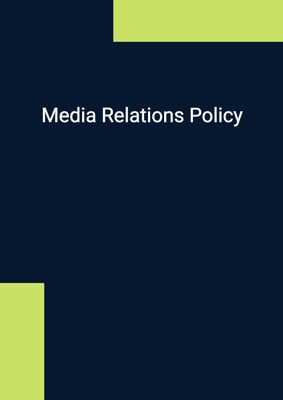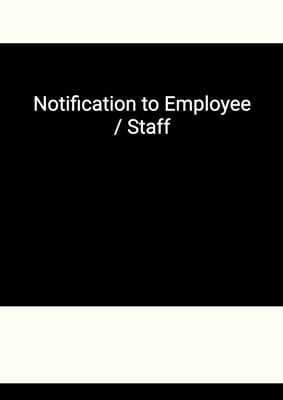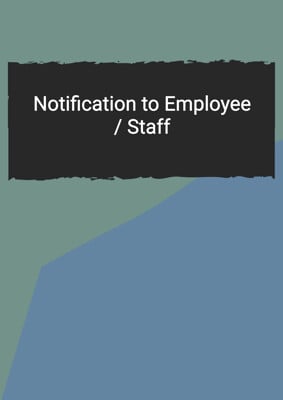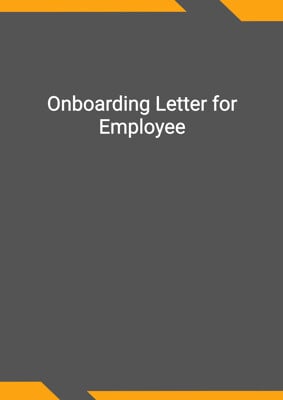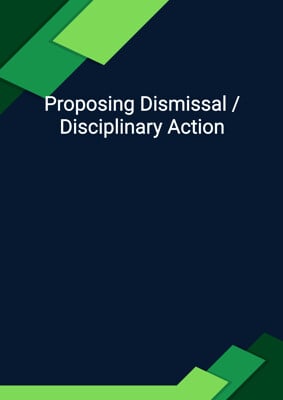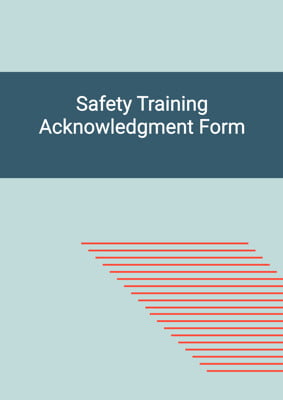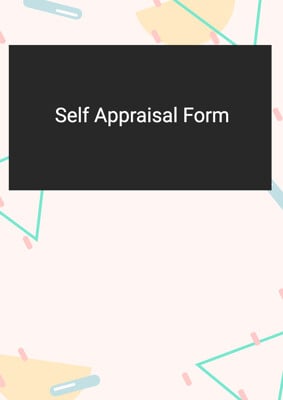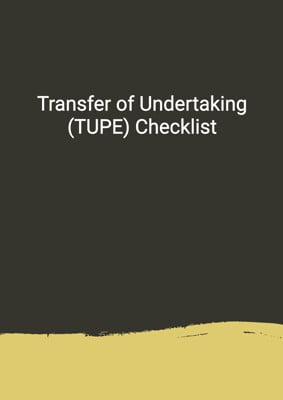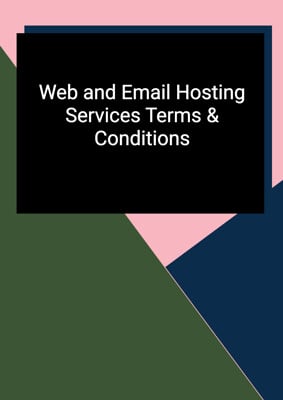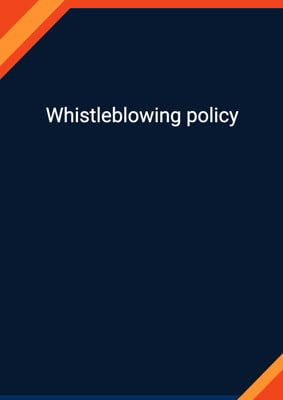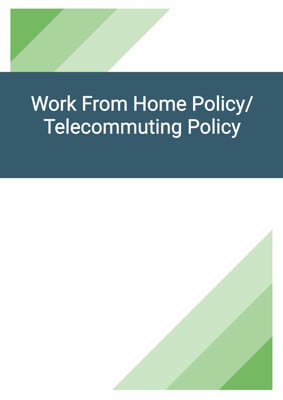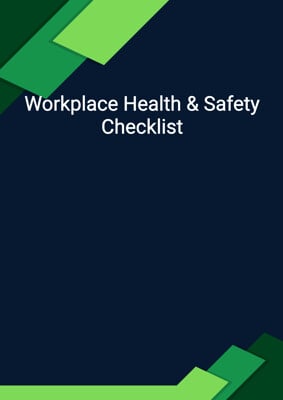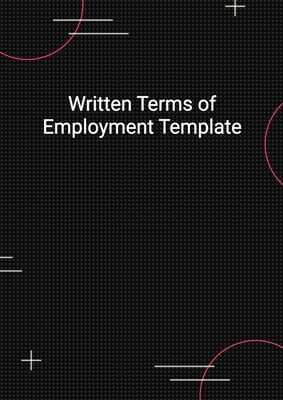How to Tailor the Document for Your Need?
01
Create Document
Click "Create Document" button and the document will be prepared with your account details automatically filled in.
02
Fill Information
Please fill in any additional information by following the step-by-step guide on the left hand side of the preview document and click the "Next" button.
03
Get Document
When you are done, click the "Get Document" button and you can download the document in Word or PDF format.
04
Review Document
Please review the document carefully and make any final modifications to ensure that the details are correct before publication / distribution.
Document Preview
Document Description
The 'Written Terms of Employment Template' is a document that outlines the terms and conditions of employment between an employer and a worker. It is of utmost importance as it serves as a legally binding agreement that protects the rights and obligations of both parties. The document begins with the names of the worker and employer, along with the start date of employment, ensuring clear identification of the individuals involved.
The document then proceeds to provide a job title or a brief description of the job, allowing the worker to understand their role within the organization. It also includes an optional addition stating that the job description may be amended by the employer, and the worker may be required to undertake additional duties as necessary.
The section on pay specifies the terms of scale or rate of pay, along with the frequency of payment, ensuring transparency regarding the worker's compensation. The place of work section provides the worker with information about their normal place of work and any potential requirements to work at different locations.
If the worker may be required to work abroad, the document includes options for payment, additional pay or payments, and additional benefits during the period of work outside the UK. It also mentions the terms and conditions relating to the worker's return to the UK.
The working hours section outlines the normal working days and hours, including any lunch breaks. It also includes an optional section for variable hours or days of work, explaining how the worker's hours can vary.
The holiday entitlement section specifies the worker's entitlement to annual leave, ensuring that the worker is aware of their rights in terms of time off.
The document also covers other benefits that the worker may be entitled to, such as health insurance or the use of a company vehicle. It provides information on how these benefits can be accessed and any eligibility criteria.
The absence and sick pay section explains the process for reporting absences and the requirements for self-certification or obtaining a doctor's certificate. It also mentions the potential entitlement to statutory sick pay or contractual sick pay.
The document includes sections on other paid leave, such as maternity leave or time off for dependants, and provides information on any additional paid leave that may be available. It also mentions where workers can access further information on these policies.
Pension arrangements are briefly mentioned, stating that details will be provided within two months of the start of employment. The training section outlines the training opportunities available to the worker, including in-house and external training, and any compulsory training courses that the organization will cover the cost of.
If applicable, the document includes a probationary period, specifying its duration and any terms that apply during this period. The notice period section explains the notice that the worker or employer must give to end the employment, both during and after the probationary period.
The document briefly mentions collective agreements, stating whether they exist or not, and provides information on how to raise grievances or contact the relevant parties in case of disciplinary procedures or dismissals.
In conclusion, the 'Written Terms of Employment Template' is a comprehensive document that covers all essential aspects of the employment relationship, ensuring clarity and protection for both the employer and the worker.
How to use this document?
1. Provide information: Enter the worker's and employer's names, along with the start date of employment. This ensures clear identification of the individuals involved.
2. Specify job title or description: Clearly state the worker's job title or provide a brief description of the job. This helps the worker understand their role within the organization.
3. Outline pay terms: Specify the scale or rate of pay, along with the frequency of payment. This ensures transparency regarding the worker's compensation.
4. Define place of work: Clearly state the normal place of work and any potential requirements to work at different locations. This helps the worker understand where they will be expected to work.
5. Communicate working hours: Outline the normal working days and hours, including any lunch breaks. If applicable, explain how the worker's hours can vary.
6. Explain holiday entitlement: Clearly state the worker's entitlement to annual leave. This ensures that the worker is aware of their rights in terms of time off.
7. Provide information on other benefits: Explain any additional benefits the worker may be entitled to, such as health insurance or the use of a company vehicle. Specify how these benefits can be accessed and any eligibility criteria.
8. Clarify absence and sick pay: Explain the process for reporting absences and the requirements for self-certification or obtaining a doctor's certificate. If applicable, outline the potential entitlement to statutory sick pay or contractual sick pay.
9. Inform about other paid leave: Provide information on any other paid leave the worker may be eligible for, such as maternity leave or time off for dependants. Specify where workers can access further information on these policies.
10. Briefly mention pension arrangements: State that details will be provided within two months of the start of employment.
11. Explain training opportunities: Outline the training opportunities available to the worker, including in-house and external training. If applicable, specify any compulsory training courses that the organization will cover the cost of.
12. Mention probationary period: If applicable, state the duration of the probationary period and any terms that apply during this period.
13. Clarify notice period: Explain the notice that the worker or employer must give to end the employment, both during and after the probationary period.
14. Briefly mention collective agreements: State whether collective agreements exist or not.
15. Provide guidance on grievances: Explain how to raise grievances and who to contact in case of unresolved issues.
16. Explain disciplinary procedures and dismissals: Provide information on any disciplinary rules or procedures that apply to workers and who to contact in case of dissatisfaction with decisions.
Please sign and return the statement to confirm that you have received and accepted these terms.
Not the right document?
Don’t worry, we have thousands of documents for you to choose from:
